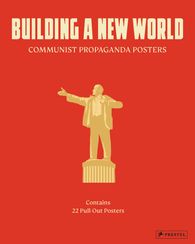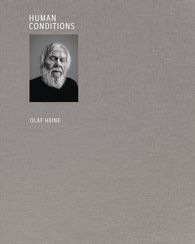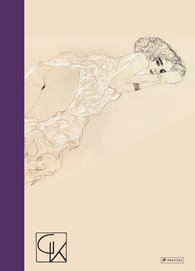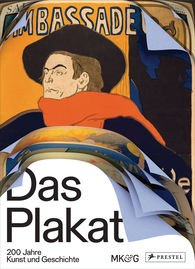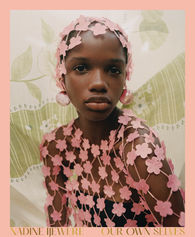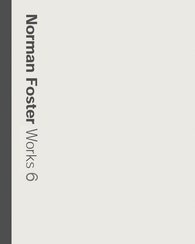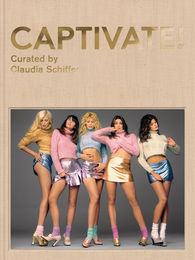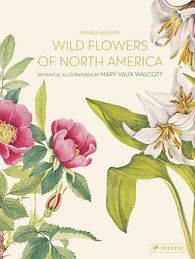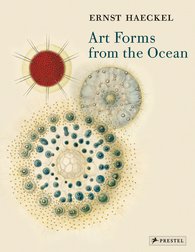
The geometric shapes and natural forms, captured with exceptional precision in Ernst Haeckel’s prints, continue to influence artists and designers to this day. This attractive volume highlights the research and findings of this outstanding natural scientist (1834--1919). Powerful modern microscopes have confirmed the accuracy of Haeckel’s prints which, even in their day, rightly became world famous.
Haeckel’s exceptional portfolio, first published between 1899 and 1904 in separate installments, is described in the opening essays. The plates illustrate Haeckel’s fundamental monistic notion of the “unity of all living things,” and the wide variety of forms are executed with utmost delicacy. Incipient microscopic organisms are juxtaposed with highly developed plants and animals. The pages, ordered according to geometric and “constructive” aspects, handsomely document the oneness of the world in its most diversified forms. This collection of plates was well-received not only by scientists, but by artists and architects as well. René Binet, a pioneer of glass and iron constructions, Emile Gallé, a renowned Art Nouveau designer, and the photographer Karl Blossfeld all acknowledge and make explicit reference to Haeckel in their work.
Other titles like "Art Forms in Nature"
Biography
Olaf Breidbach
Olaf Breidbach studied art, philosophy, biology, and paleontology. Since 1995 he has occupied the chair in History of the Natural Sciences and been director of the Institute for the History of Medicine, Natural Sciences, and Technology at Friedrich-Schiller-Universität Jena, director of the Ernst-Haeckel-Haus Museum, leader of the department of Theoretical Biology at the Biological-Pharmaceutical faculty of the University of Jena, and a member of the Collaborative Research Center 482 "Ereignis Weimar-Jena. Kultur um 1800" (The Weimar-Jena Episode: Culture around 1800).


